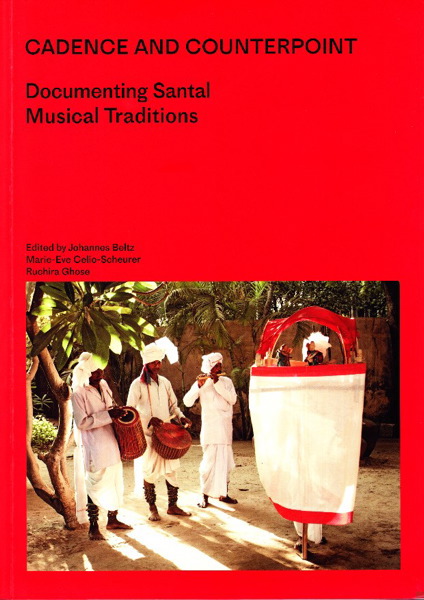[…] Unlike many other tribal groups of the Indian Subcontinent, the Santals are known for preserving their native language despite waves of migrations and invasions from Dravidians, Indo-Aryans, Mughals, Europeans, and others.
Santali culture is depicted in the paintings and artworks in the walls of their houses. Local mythology includes the stories of the Santal ancestors Pilchu Haram and Pilchu Bhudi.[…]
The Santal traditionally accompany many of their dances with two drums: the Tamak’ and the Tumdak’. The flute was considered the most important Santal traditional instrument and still evokes feelings of nostalgia for many Santal. Santal dance and music traditionally revolved around Santal religious celebrations. […]
The Santal community is devoid of any caste system and there is no distinction made on the basis of birth.
Source: Santhalcommunity
Read more here: http://www.firstlightindia.org/Santhalcommunity.html
Date Visited: Wed Jul 06 2011 19:56:20 GMT+0200 (CEST)
Up-to-date reports by Indian journalists and commentators
List of Indian magazines and web portals covered by the present Custom search engine
Learn more
Audio | Santali Traditional and Fusion Songs: Ghosaldanga Bishnubati Adibasi Trust
eBook | Free catalogue: Banam: One of the ancient musical instruments of the Santals
eBook | Free catalogue: Museum of Santal Culture (Bishnubati) – West Bengal
Museum of Santal Culture Bishnubati
Santal | Santal Parganas | The Santals by Boro Baski | Santal music
Santal democratic organisations, customs, history and creation traditions (book tip)
Santali language | eBook | A Santali-English dictionary – Archive.org
Santal mission | Santal Parganas
Santali translations of Rabindranath Tagore’s “Vidyasagar-Charit” and “Raktakarabi”
Teaching Santal children by Boro Baski
Traditional music instruments of the Santals at the Museum of Santal Culture
Video | Roots and Branches: The Lifeworld of an Enlightened Villager in West Bengal
Video | Santali video album “Ale Ato” (Our Village, Part 1 of 2) – West Bengal
